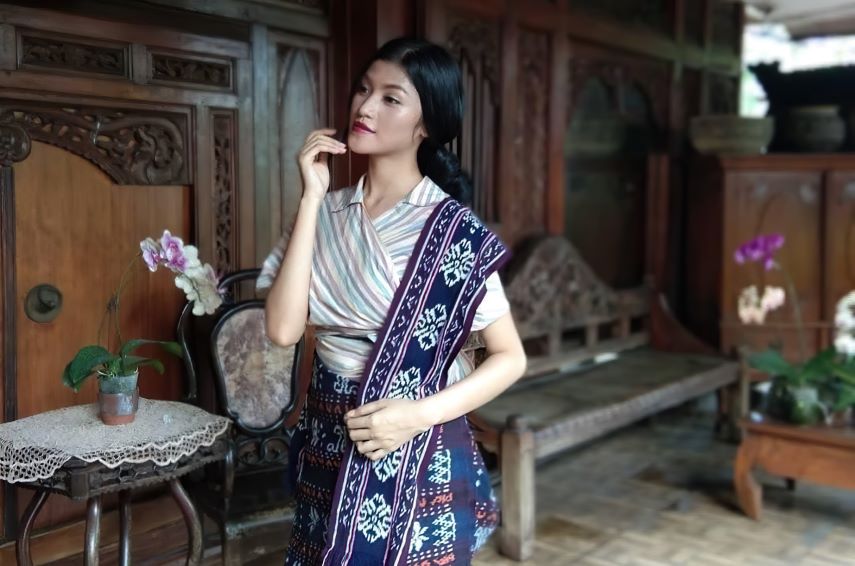BATIK ELEGANCE
A Symphony of Preservation: Celebrate the beauty of Batik preservation, where each stitch and dye embodies Indonesian artistry

Batik preservation involves a labor-intensive and intricate process, often requiring skilled artisans to create each piece by hand. The process begins with selecting high-quality cotton or silk fabric, which serves as the canvas for the batik design. The design is then meticulously drawn on the fabric using a tool called "canting" or by applying wax with a brush, creating wax-resistant areas that will remain undyed.
The next step is the dyeing process, where the fabric is submerged in natural dyes. These dyes are often made from plant-based materials, such as indigo, sappanwood, or tamarind. The fabric absorbs the dye, except for the waxed areas, creating the vibrant and intricate patterns that are characteristic of batik.
Once the dyeing is complete, the fabric is boiled or soaked in hot water to remove the wax, revealing the final batik design. The process requires precision and patience, as any mistakes made during the waxing or dyeing stages can affect the overall outcome of the batik.
One of the significant challenges in preserving batik is the time and effort required to create each piece. The traditional handcrafted approach is a slow and meticulous process, making it difficult to meet the demands of a fast-paced fashion industry. Additionally, the knowledge and skills required for batik-making are often passed down through generations, and there is a risk of losing this expertise as younger generations may not be as interested in learning the craft.
To address these challenges and support the preservation of batik, communities play a vital role. They can organize workshops and training programs to ensure that the knowledge and skills of batik-making are passed on to the younger generation. Furthermore, supporting local artisans and purchasing authentic batik products can provide them with a sustainable source of income, encouraging them to continue their craft.
In recent years, there has been a growing appreciation for traditional and handmade products, including batik. This resurgence of interest has brought new opportunities for artisans and has helped in the preservation of batik as a valued cultural heritage.
In conclusion, the preservation of batik involves intricate techniques, from handcrafting to natural dyeing. Despite the challenges, the support of communities and the recognition of batik's cultural significance contribute to its continued existence as a cherished art form in Indonesia.
